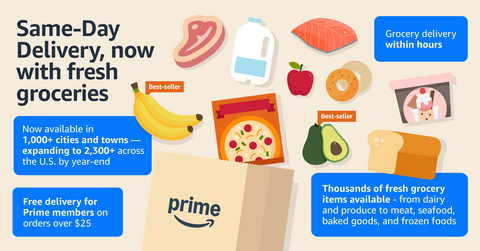We expect job losses from the COVID-19-induced downturn to mimic patterns from the past.
That’s not what is happening.
We’ve lost 11 million jobs since the start of the pandemic and millions more of those job losses have been among women. Even as we’ve added back jobs, they have disproportionately gone to men. In September alone 1.1 million Americans permanently left the workforce (they’re not included in unemployment numbers because they aren’t actively looking for work). Of those 1.1 million, 865k were women.
So what?
Consumer spending traditionally accounts for about 68 percent of U.S. GDP—and women influence 70 to 80% of consumer purchase decisions.
Here are a few data points:
- Mothers with young children saw their work hours reduced four to five times more than fathers; the gender gap in work hours has grown by up to 50 percent.
- One in four women are now thinking about either downsizing or walking away from their careers, based on survey responses from 317 companies employing 40,000 people.
- Martha Gimbel, an economist at Schmidt Futures, described the situation this way: “The women’s labor force participation rate is down to where it was about in 1988…”
- What happened last time? Women regained jobs at a slower rate during the recovery from the Great Recession.
Why the shift is happening
Women disproportionately work in service and hospitality-sector jobs that have been the hardest hit by COVID-19. Almost half of working American women—46 percent or about 28 million—were employed in these types of low-wage positions as of 2018. So even if you weren’t laid off by your restaurant or hotel, you may end up back at home simply because it makes better economic sense to sacrifice your income rather than your partner’s.
Schools and childcare options have been closed for long periods of time, and women are still more likely to handle childcare responsibilities. It’s part of the reason that so many affluent women are leaving their jobs—even in situations where they make more than their husbands.
Then, too, family-specific health, safety or other considerations can be a decisive factor.
My husband is an emergency medicine physician. The COVID-19 pandemic has required him to be at the hospital nearly every day. During the lockdown phase and throughout the summer, our kids were at home, and our nanny was at home with her kids, too.
For the very first time, by necessity, I was a full-time caregiver and educator, with professional responsibilities relegated to select afternoon windows and many late nights. My clients showed tremendous understanding, but not every working woman is so lucky.
Understanding the blind spot
Households with school-aged children represent the core customer for most open-air retailers, but many are surprised to learn that 40% of U.S. households with children under the age of 18 are led by Breadwinner Mothers—or at least they were before the pandemic.
Why aren’t we talking about this?
Because we have a blind spot. It’s natural to focus on trends that are part of your lived experience. That largely entails a white male executive with a single-income household. But the blind spot is bigger than any company, individual or industry. Caroline Criado Perez documents this powerfully in her 2019 book Invisible Women: Data Bias in a World Designed for Men. Whether you’re talking about government policy, medical research, technology, or something as ubiquitous as automobile design (in a crash, women are 47% more likely to be seriously injured and 17% more likely to die than men), decisions are routinely rooted in data that fail to adequately include women, to the detriment of us all.
Broadening the discussion
Nothing is more important to retail real estate than a full recovery from the current economic catastrophe, but we can’t get back to where we were if the country undergoes a permanent reduction in its workforce at the scale we’re seeing now.
While we’re hearing a lot of discussion about the shift toward working from home and the acceleration of online sales, we are not talking enough about the GDP impact of a large part of our workforce all but disappearing.
Should we allow that to occur, we will see a further bifurcation between essential and discretionary goods. Yes, people will always need milk, eggs and their prescriptions, but for retailers and landlords that depend to any degree on discretionary spending, this trend should be highly concerning.
If women aren’t working, will they keep shopping at Sephora or ULTA Beauty, or spend half a day treasure-hunting at Marshall’s and TJ Maxx? Or will the pattern shift to cutting coupons for a shopping list dominated by needs, not wants.
Don’t fall into the trap of believing that the future of retail is all about online versus in-person; we need to focus every bit as much on the economic position of women and the way downward income pressure—that disparity between wants and needs—affects their shopping patterns.
In the end, this is about macroeconomics. We know that when more people join the workforce, they make—and spend—more money.
In an industry that purports to be “customer-obsessed,” we simply cannot afford to ignore the deteriorating economic position of our most important customer.
![Retail’s Biggest Threat [it’s not Amazon]](https://weinpl.us/wp-content/uploads/2020/11/female-diverse-faces-of-different-ethnicity-seamless-pattern-women-vector-id1085682140.jpg)







